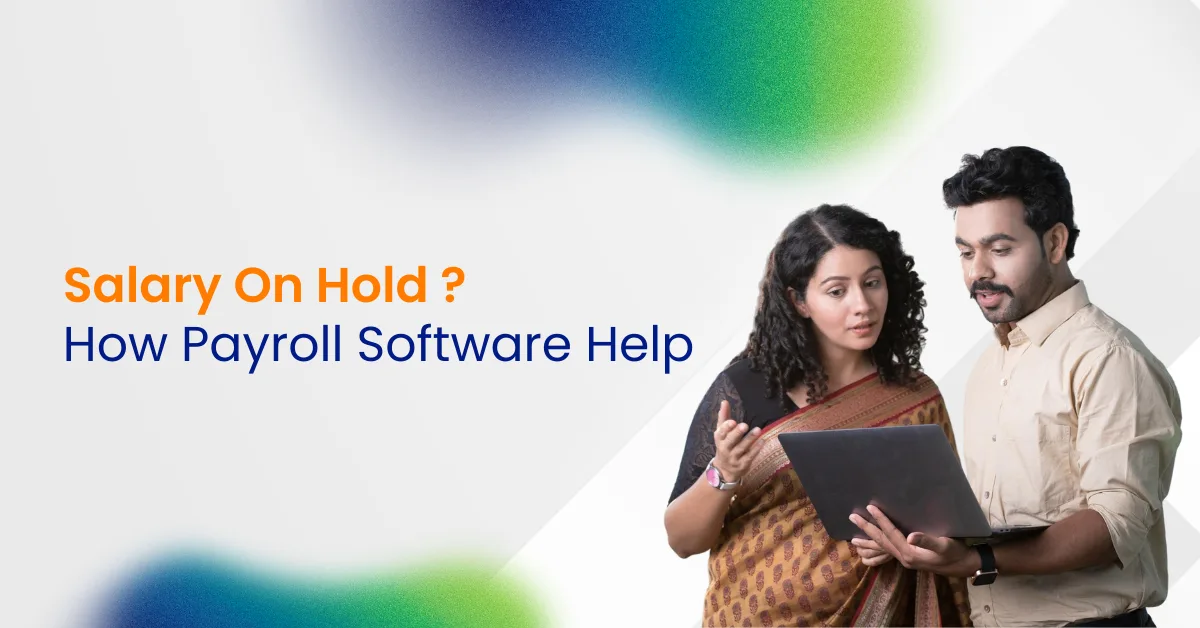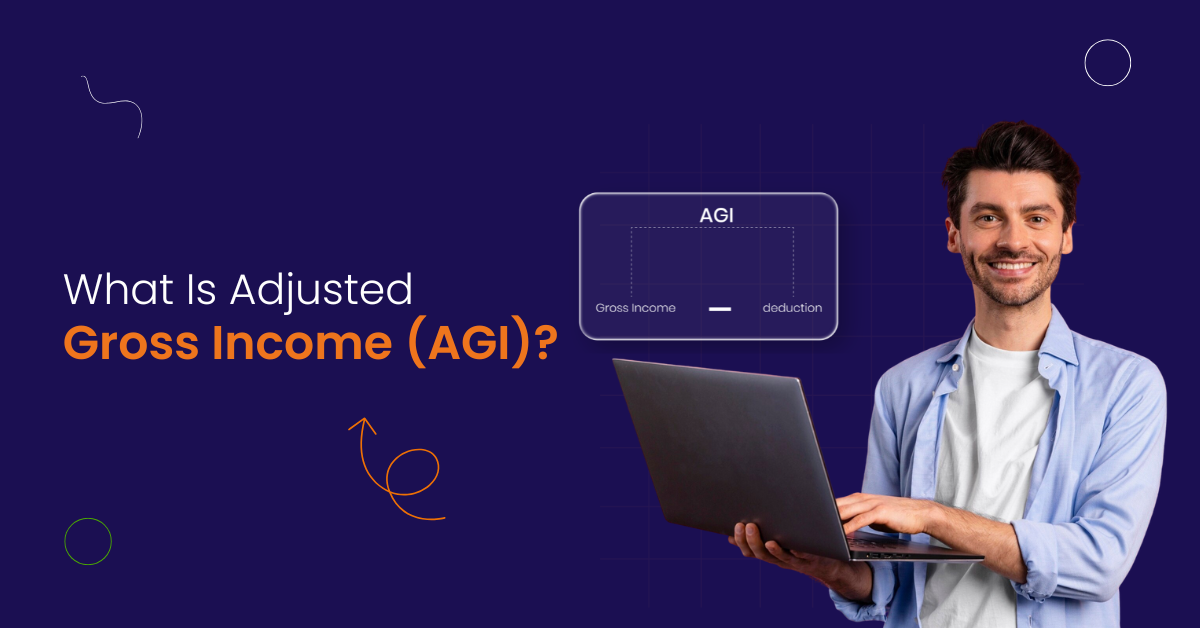Introduction to Payroll Management
- Payroll management involves the entire payroll process, including salary payouts and payroll calculations.
- Effective payroll management is crucial for employee satisfaction and compliance with labor laws.
- Payroll software can help streamline the payroll process, reducing manual intervention and human error.
- Traditional payroll methods that rely on manual calculations and spreadsheets are often error prone, increasing the risk of mistakes and inefficiencies.
- A payroll management system can help businesses manage employee data, payroll calculations, and tax deductions efficiently, while also ensuring they stay updated with compliances, including statutory and legal obligations.
Ready to transform your payroll management? Book a free demo of Bharat Payroll’s AI-enabled HR and Payroll solutions today and experience seamless automation.
Payroll management is a vital function in any organization, ensuring that employees receive their wages accurately and on time. It encompasses a broad range of activities, from calculating gross salary and deductions to managing tax compliance and generating payslips. With the increasing complexity of payroll due to varying employee benefits, statutory requirements, and company policies, relying on manual processes can lead to errors and delays, as these methods are often error prone. This is where payroll software becomes indispensable, automating the entire payroll process and helping HR teams maintain accuracy and compliances with legal and statutory obligations.
Payroll management also involves regular updates and adjustments to payroll policies to accommodate changes in labor laws, tax regulations, and company-specific compensation structures. This dynamic environment necessitates a payroll system that is flexible and capable of adapting quickly to new requirements. Moreover, payroll management requires coordination between multiple departments such as HR, finance, and compliance teams to ensure that employee compensation is handled correctly and transparently. Advanced payroll software often includes features such as audit trails, automated alerts for compliance deadlines, and integration with accounting systems to streamline these processes further.
Understanding Salary on Hold
- Salary on hold refers to the temporary suspension of an employee’s salary payout due to various reasons, such as disciplinary actions, non-compliance with company policies, or issues related to the employee’s performance or compliance. The HR team is responsible for ensuring that hold salaries are managed transparently and in accordance with company policy.
- Salary holds can be challenging to manage, especially for startup businesses with limited HR resources.
- HR software can help HR teams manage salary holds, ensuring clear communication and compliance with legal requirements.
- Salary holds can be applied to multiple employees, and payroll software can help track and manage these holds efficiently. Payroll software also allows HR managers to account for exceptional circumstances, such as statutory deductions or compliance issues, when processing salary holds.
Salary on hold situations arise when an employer temporarily suspends salary payouts for specific employees. Common reasons include pending documentation, unserved notice periods, performance issues, or disciplinary actions. In some cases, an employee’s salary may be put on hold due to legal, procedural, or performance-related scenarios, and such holds are typically temporary and justified. Managing these holds manually can be complex, especially when multiple employees are involved. Payroll software provides a centralized platform to apply, monitor, and release salary holds while maintaining transparency and legal compliance. This reduces administrative burden and minimizes the risk of errors or disputes.
Furthermore, salary on hold can affect employee morale and financial planning, making it imperative for employers to handle such situations with sensitivity and clear communication. Payroll software often includes features that notify employees about the status of their salary holds and provide explanations or next steps, which helps maintain trust and reduces confusion. Additionally, the system can generate reports that help HR and management analyze trends in salary holds, identify recurring issues, and implement corrective measures to minimize future occurrences.
Payroll Software Solution
- Payroll software can help businesses manage their payroll process, including salary calculations, tax deductions, and payroll settings. Payroll software enables HR teams to add employee records for salary processing, including putting employees on hold or managing ad hoc payments.
- A payroll system can integrate seamlessly with HR processes, providing detailed reports and access to payslips for employees. The employee self service portal gives employees direct access to payslips, tax forms, and personal information updates, enhancing transparency and self-management.
- Payroll software can help reduce errors and manual intervention, ensuring accurate and timely salary payouts.
- A user-friendly payroll system can help HR teams manage payroll efficiently, even for businesses with complex payroll requirements.
Modern payroll software solutions offer a comprehensive suite of features that streamline salary management. They handle everything from calculating wages and deductions to generating payslips and statutory compliance reports. Integration with other HR modules, such as attendance and leave management, ensures that payroll calculations reflect real-time employee data. Additionally, payroll software allows customization of salary hold reasons and automates notifications to employees, improving communication and trust.
These software solutions also provide scalability to accommodate growing businesses and evolving payroll complexities. Features like bulk processing, multi-location support, and multi-currency handling enable organizations to manage payroll efficiently across diverse employee bases. Moreover, advanced analytics and customizable dashboards empower HR teams and management to gain insights into payroll costs, compliance status, and employee compensation trends, facilitating data-driven decision-making.
Payroll Management System
- A payroll management system can help businesses manage their payroll process, including employee data, payroll calculations, and tax deductions.
- Payroll software can help HR teams manage salary revisions, including reviewing, adjusting, and implementing salary updates for employees during specific pay cycles, as well as ad hoc payments and statutory deductions efficiently.
- A payroll system can provide real-time updates on employee compensation, ensuring accurate and timely salary payouts.
- Payroll management software can help businesses comply with labor laws and regulations, reducing the risk of non-compliance.
A robust payroll management system not only automates salary calculations but also supports complex scenarios such as salary revisions, including holding, releasing, and noting arrears, bonuses, and ad hoc payments. It ensures that all statutory deductions like professional tax, income tax, and provident fund are calculated correctly and remitted on time. Real-time reporting and dashboards provide HR teams and management with insights into payroll trends, compliance status, and employee compensation, and the system generates a pay register that lists employee payments after payroll processing, enabling informed decision-making.
Additionally, payroll management systems often include compliance management modules that automatically update with changes in labor laws and tax regulations. This helps businesses avoid penalties and ensures that payroll processes remain compliant without requiring constant manual oversight. The system can also automate periodic filings and submissions, further reducing administrative workload.
Payroll System and Settings
A payroll system is the backbone of any organization’s payroll management, responsible for overseeing the entire payroll process from salary payouts to statutory deductions and compliance with legal requirements. The right payroll management system allows businesses to automate complex payroll tasks, ensuring that every salary is processed accurately and on time. Payroll system settings are crucial—they determine how the payroll process is configured, including rules for deductions, attendance integration, and employee self service options.
When evaluating payroll software, businesses should consider the payroll software cost in relation to the features offered, scalability for future growth, and how well the system can integrate seamlessly with existing HR processes. A robust payroll management system should support not only payroll but also benefits administration, attendance tracking, and compliance management. By centralizing these functions, businesses can reduce errors, streamline payroll, and ensure that every employee receives the correct salary while meeting all legal requirements.
Configurations within payroll system settings can be customized to fit unique organizational policies, such as different pay cycles, salary components, and deduction rules. This flexibility allows companies to adapt payroll processing to their specific needs, whether they have hourly workers, salaried employees, or contractors. Moreover, settings related to employee self service portals empower employees to update personal details, view payslips, and track leave balances, reducing HR queries and improving employee engagement.
Handling Salary Lock and Notice Period
Managing salary lock and notice period is a vital part of payroll management, especially when dealing with salary on hold situations. Salary lock typically occurs when an employee’s salary payout is temporarily suspended due to disciplinary actions, non compliance with company policies, or ongoing investigations. For HR teams, it’s essential to follow a transparent process—this includes clear communication with employees about the reasons for salary lock and ensuring all actions are in line with compliance and labor laws.
The notice period is another critical factor, as it directly affects the final settlement and salary payouts for departing employees. HR teams must accurately calculate the salary owed during the notice period, deduct any necessary amounts, and ensure that the final settlement is processed correctly. By leveraging payroll management systems, employers can automate these calculations, maintain compliance, and provide employees with timely and accurate payments, even in complex scenarios involving salary holds or notice periods.
Clear policies and automated workflows within payroll software help ensure that salary locks and notice period payments are handled consistently and fairly. Notifications and alerts can remind HR teams of upcoming notice period completions or salary release dates. This proactive approach minimizes disputes and supports smooth employee transitions.
HR Processes and Payroll
HR processes and payroll are deeply interconnected, and effective management of both is essential for maintaining employee satisfaction and meeting legal requirements. Payroll calculations, payroll processing, and payroll management are at the heart of HR operations, requiring HR professionals to be adept at handling everything from monthly salaries and ad hoc payments to statutory deductions and tax deductions for multiple employees.
A modern payroll system empowers HR teams by generating detailed reports such as pay registers, tax deduction summaries, and monthly salary statements. This level of reporting helps HR professionals manage employee compensation and benefits with greater accuracy and transparency. Additionally, the payroll system should be capable of processing ad hoc payments, managing statutory deductions, and handling payroll for multiple employees efficiently. By integrating payroll management with other HR processes, businesses can ensure compliance, streamline payments, and enhance overall employee satisfaction.
Integration between payroll and other HR modules such as recruitment, onboarding, performance management, and attendance tracking further enhances operational efficiency. This interconnected ecosystem reduces data duplication and errors, enabling HR professionals to focus on strategic initiatives rather than administrative tasks.
Employee’s Salary and Payroll Processing
- Employee’s salary is a critical aspect of payroll processing, and payroll software can help manage salary calculations, tax deductions, payroll settings, and automate the payment of wages, bonuses, and other compensation, ensuring timely disbursement.
- Payroll processing involves managing employee data, payroll calculations, and tax deductions, ensuring accurate and timely salary payouts and payment to employees.
- A payroll system can help HR teams manage employee self-service portals, providing employees with access to their payslips online, enhancing transparency and convenience, as well as access to employee details.
- Payroll software can help businesses manage gross salary, net pay, and other salary components, ensuring accurate and timely salary payouts and payment.
Payroll processing is a critical operation that directly impacts employee satisfaction. Accurate calculation of gross salary, deductions, and net pay is essential to maintain trust. Payroll software automates these calculations and the payment of wages, bonuses, and other compensation, and provides employees with access to their salary details and payslips through self-service portals. This transparency helps employees stay informed about their compensation and reduces queries to HR teams.
In addition to payslip access, employee self-service portals often offer features such as tax document downloads, leave balance tracking, and personal information updates. These capabilities empower employees, reduce HR workload, and foster a culture of openness. Furthermore, payroll software can handle complex salary structures involving allowances, reimbursements, and variable pay components, ensuring that all elements are accurately reflected in each payroll cycle.
Payroll Calculation and Compliance
- Payroll calculation involves managing tax deductions, statutory deductions, and other payroll components, ensuring compliance with labor laws and regulations.
- Payroll software can help HR teams manage payroll calculations, ensuring accurate and timely salary payouts.
- A payroll system can provide real-time updates on employee compensation, ensuring compliance with labor laws and regulations.
- Payroll management software can help businesses manage professional tax, income tax, and other tax deductions, ensuring compliance with tax laws and regulations.
Compliance with labor laws and tax regulations is a critical aspect of payroll management. Payroll software automates the calculation and deduction of statutory taxes such as professional tax, income tax, and provident fund contributions. It also generates compliance reports and supports electronic filing of tax returns. This automation reduces the risk of penalties due to non-compliance and helps maintain accurate records for audits.
The software also keeps track of changes in legislation and adjusts payroll calculations accordingly. This proactive compliance management ensures that businesses remain up-to-date with evolving legal requirements without manual intervention. Additionally, audit trails and detailed reporting features provide transparency and accountability, which are essential during internal reviews or external audits.
Conclusion
In conclusion, effective payroll management is fundamental to any organization’s success. A well-designed payroll management system and user-friendly payroll software can transform the payroll process by reducing manual intervention, minimizing human error, and ensuring that employees are paid accurately and on time. By integrating seamlessly with other HR processes such as attendance tracking and employee self service portals, payroll software enables businesses to manage their workforce more efficiently and stay compliant with legal requirements.
When considering payroll software cost, businesses should evaluate the features, scalability, and integration capabilities of the payroll system to ensure it meets their unique needs. Whether you are a startup or an established business, investing in a comprehensive payroll management system can help you streamline payroll processes, reduce the risk of non compliance, and improve employee satisfaction. Ultimately, a robust payroll process not only ensures compliance with labor laws but also fosters a positive and productive work environment for all employees.
Ready to simplify payroll and manage salary holds with ease?
Frequently Asked Questions (FAQs)
1. What does “salary on hold” mean in payroll software?
“Salary on hold” refers to the temporary suspension of an employee’s salary payout due to reasons such as disciplinary actions, pending documentation, or non-compliance with company policies. Payroll software helps manage these holds efficiently by tracking and automating the process.
2. How can payroll software help handle salary on hold situations?
Payroll software streamlines the management of salary holds by automating salary calculations, maintaining clear communication with employees via self-service portals, ensuring legal compliance, and providing detailed reports for HR professionals.
3. Can salary on hold affect employee satisfaction?
Yes, salary holds can cause financial stress and affect employee morale. Using payroll software with transparent communication features, such as access to payslips and salary hold reasons, helps maintain trust and employee satisfaction.
4. Is it legal to put an employee’s salary on hold?
Employers must comply with labor laws when placing a salary on hold. Payroll software helps ensure legal compliance by documenting reasons for holds and managing statutory deductions correctly.
5. How does payroll software support payroll teams in managing salary holds?
Payroll software reduces manual intervention and human error, integrates seamlessly with HR processes, and provides payroll teams with user-friendly tools to lock payroll, manage pay registers, and handle salary revisions and arrears.
6. What happens to the salary once the hold is released?
Once the salary hold is resolved, payroll software updates the payroll records, and the total amount due is paid out, often reflected in the next payroll cycle or as arrears.
7. Can new employees have their salary on hold?
Yes, salary holds can be applied to new employees with pending documentation or during probation periods. Payroll software allows HR teams to add employees to hold lists and manage these cases efficiently.
8. How can employers customize salary hold reasons in payroll software?
Most payroll software solutions provide customizable options to define hold salary payout reasons, such as attendance issues, disciplinary actions, or pending final settlements.
9. Does payroll software provide reports on salary hold status?
Yes, payroll software offers detailed reports and insights on salary holds, enabling HR professionals and payroll teams to monitor trends and ensure timely resolution.
10. Can employees access information about their salary on hold?
Through employee self-service portals, payroll software enables employees to view their payslips, salary hold status, and reasons, fostering transparency and clear communication.
*Ready to optimize your payroll process and manage salary holds effortlessly? Contact Bharat Payroll now and schedule your free demo to get started.






